|
Karim Nagi's rendition of the American national anthem with Arabic musical instruments, rhythms and maqamat gives us the perfect opportunity to learn about Middle Eastern music while appreciating American diversity. Diversity, Receptivity and Inclusivity In the spirit of the 4th of July holiday, Egyptian American musician and folk dancer Karim Nagi shared with his fans his version of the Star Spangled Banner in celebration of America's highest ideal of diversity, receptivity and inclusivity. Star Spangled Banner by Karim Nagi : Arab American Edition As students and professionals of Middle Eastern dance, we do our art form justice by learning about and understanding Middle Eastern music. Here are some things you can learn with this piece: Instruments Buzuq (بزق; also spelled bozuq, bouzouk, buzuk) This long-necked string instrument was originally a folk instrument from the Levant region of the Middle East (Lebanon, Jordan, Syria and Palestine). Since the middle of the 20th century it has crossed over to mainstream Arabic music and become more common in traditional Arabic ensembles. Darbuka This goblet-shaped drum is the dominant percussive instrument in a lot of folk and pop Arabic music, and is also used to some extent in classical Middle Eastern music. In Egypt, this instrument is called a tabla. In the Levant, it is called a dirbakki or derbake. Riq (رق, also spelled riqq or rik) This small hand drum with brass cymbals is a type of tambourine that is used to play intricate rhythms and ornamentations in Middle Eastern music. It is another common and important percussive instrument in the Middle East. Rhythms All the rhythms used in this piece are extremely common in Middle Eastern dance, and therefore very much worth studying. Maqsum Rhythm (4/4) This lively rhythm is probably the single most common rhythm in Middle Eastern music! It is found in classical music, folk & beledi music, shaabi, pop, megeance, drum solos, and often! Here's the basic skeleton of the maqsum rhythm: Masmoudi Kebir Rhythm (8/4) This rhythm is appropriately-named the "big masmoudi" for its slower timing. When compressed into 4/4 it becomes a "small masmoudi," or masmoudi saghir. Here's the basic skeleton of the masmoudi kebir rhythm: Maqsum Rhythm (4/4) The maqsum rhythm occurs twice in this piece (see above). The second time around it is played a bit slower. Saidi Rhythm (4/4) This strong, earthy rhythm is similar to the maqsum, but has two "dums" halfway in. Here's the basic skeleton of the saidi rhythm: Wahda Rhythm (4/4) Wahda means "one" in Arabic, and it is said to be named as such because it has just one "dum" in the beginning. Here's the basic skeleton of the wahda rhythm: Fellahi Rhythm (2/4) This rhythm is basically a fast maqsum, played in a 2/4 time signature. "Fellah" or "fallah" means "country-folk" or "farmer" in Arabic, and is often associated with the people of the Nile Delta in Upper Egypt (although there are farmers in other regions as well). This rhythm is very common in that region, but is not exclusive to it. Here's the basic skeleton of the fellahi rhythm: Now can you indentify where all these rhythms occur in the video? Maqamat Maqamat (singular maqam) are arrangements of notes in Middle Eastern music. They are similar to scales in Western music, but much more complex because they include the scales, melodic phrases, modulations, ornamentations and more. They also evoke a specific mood. The maqamat used in this piece are suznak, bayati, saba, and huzam. What's your favorite aspect of Karim's video, or your favorite part of this song? Share your thoughts on the comments below! Was This Post Helpful?If you liked this article, you can visit our blog map to find other posts about Middle Eastern music and dance and other related topics. Or subscribe to our newsletter, YouTube channel, Facebook and Instagram pages to be the first to see more content from us!
Happy learning, and happy dancing!
2 Comments
|
AuthorYamê is a Brazilian-American View Posts By CategoryIf you'd like to read more articles by Yamê or SharqiDance's guest authors, please view our blog map here.
Archives
January 2024
|
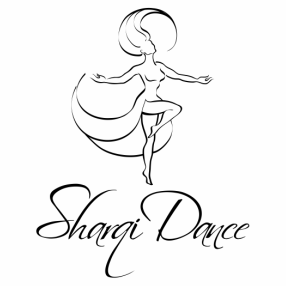
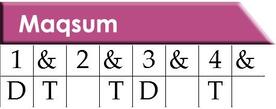

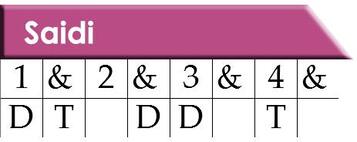
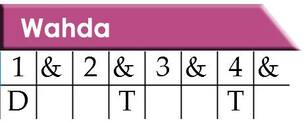
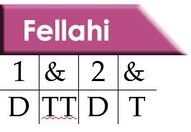
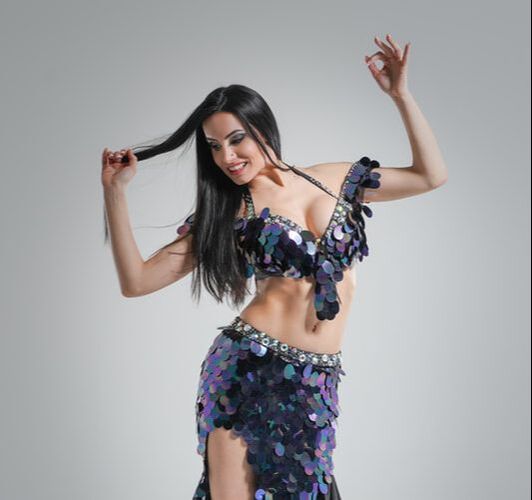
 RSS Feed
RSS Feed